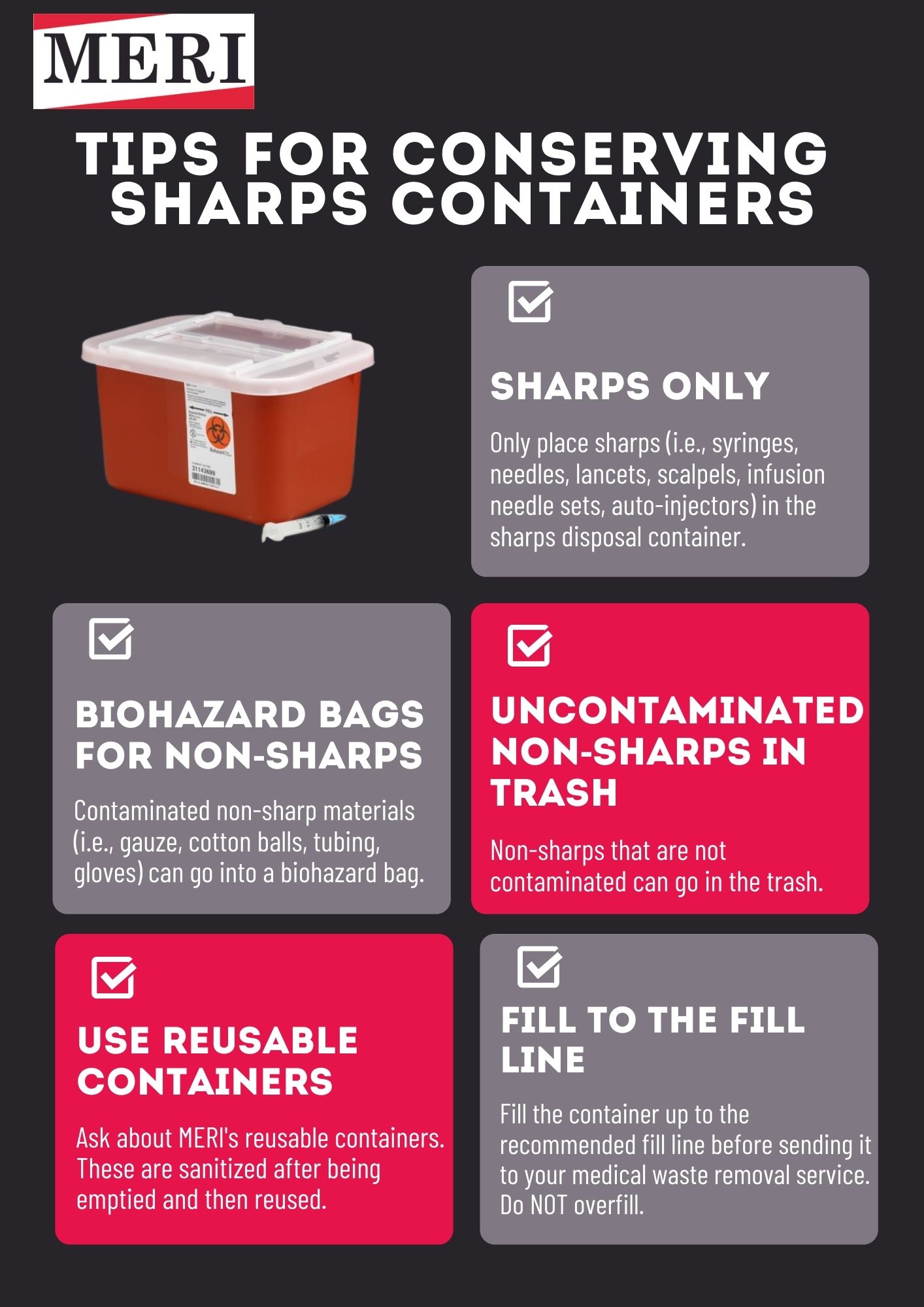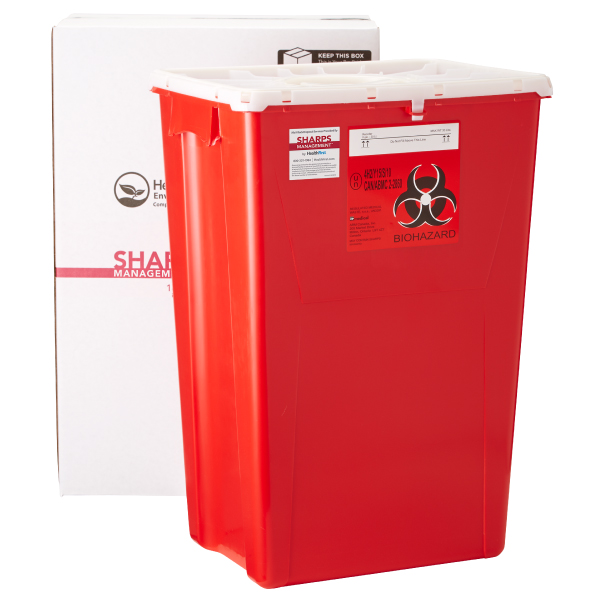Medical Waste Removal Quality: Your Relied On Partner in Safe Biohazard Disposal
Medical Waste Removal Quality: Your Relied On Partner in Safe Biohazard Disposal
Blog Article
Checking Out Various Waste Disposal Options for a Cleaner Environment
In the pursuit of a cleaner setting, the administration of waste disposal has emerged as a crucial focal factor for lasting development. With a multitude of waste disposal alternatives offered, ranging from traditional landfill methods to innovative waste-to-energy modern technologies, the selection of just how we handle our waste has far-ranging implications for our planet's well-being.
Recycling Techniques
Implementing reliable reusing approaches is essential in lessening waste and advertising sustainability in our environment. Recycling involves the process of converting waste materials right into multiple-use objects to stop unneeded disposal.
Another important recycling technique is composting, which includes disintegrating natural waste like food scraps and lawn trimmings right into nutrient-rich dirt. This procedure not just draws away organic waste from garbage dumps yet also creates a valuable resource for gardening and farming. In addition, upcycling is a creative recycling method that includes changing old or thrown out products into products of higher quality or worth. By including these numerous reusing techniques right into our waste monitoring techniques, we can significantly decrease our ecological impact and relocate towards a much more sustainable future.

Composting Methods
Efficient waste administration practices, such as reusing methods, lead the way for a cleaner environment, and currently, changing the focus to 'Composting Techniques', we check out sustainable ways to decay organic waste for environmental benefit. medical waste removal.
Composting is a natural process that changes natural waste, like food scraps and yard trimmings, into a nutrient-rich dirt amendment. The secret to successful composting exists in producing the best equilibrium of eco-friendly materials, such as vegetables and fruit scraps, and brownish materials, like dried fallen leaves and branches. These products break down with the assistance of microorganisms, breaking down the waste right into valuable garden compost.
There are numerous composting methods offered to match different needs. Standard backyard composting entails layering organic products in a bin or heap and on a regular basis turning the mix to freshen it. Vermicomposting, on the other hand, makes use of worms to damage down organic matter into compost (click here). For those with minimal room, indoor composting systems give a convenient option. By making use of composting methods, we can lower the quantity of waste sent out to land fills while developing a beneficial product for enriching soil and sustaining plant development.
Incineration Pros and Disadvantages
Incineration, as a garbage disposal approach, offers both benefits and negative aspects that warrant mindful consideration in the world of lasting waste administration practices. On the positive side, incineration can significantly lower the quantity of waste, minimizing the need for land fill space and potentially decreasing greenhouse gas exhausts. Incineration also permits the healing of energy via the generation of power or warm, contributing to source recovery. The process can be used to damage hazardous substances, using a risk-free method for dealing with specific kinds of waste that may present risks to public health and wellness and the setting if left neglected.
In addition, the high first financial investment and operational costs of incineration facilities present financial obstacles, making it a less cost-effective choice contrasted to various other waste monitoring approaches. Careful surveillance and law are essential to alleviate these adverse impacts and take full advantage of the benefits of incineration as part of a detailed waste administration approach.
Landfill Administration Methods
Landfills play an essential role in waste management and environmental preservation by providing a containment system for the disposal of solid waste products. By compacting the waste, the volume is decreased, enabling for more waste to be accommodated over time.
Additionally, the implementation of daily cover practices is crucial in decreasing smells, stopping litter, and decreasing the attraction of parasites. Treatment the disposed waste at the end of every day helps to contain smells and stop prospective ecological contamination. Furthermore, the tracking of landfill gas emissions and leachate degrees is important in making sure that environmental requirements are met which any kind of potential dangers to surrounding ecological communities are reduced.

Waste-to-Energy Technologies
Among the ingenious methods to waste management involves utilizing Waste-to-Energy innovations to transform solid waste into usable energy resources. Waste-to-Energy (WtE) technologies include a variety of processes that aim to draw out power from waste products via thermal, chemical, or organic means. This conversion procedure not just decreases the quantity of waste that ends up in land fills but likewise produces useful energy sources such as electricity, warm, or biofuels.
There are numerous approaches of Waste-to-Energy conversion, including pyrolysis, gasification, and incineration. Incineration entails melting waste at high temperature levels to create warm and power. Gasification transforms waste right into a syngas, which can be used for power generation or chemical manufacturing. Pyrolysis breaks down organic materials making use of high temperature levels in the absence of oxygen, creating gas, bio-oil, and char.
Applying Waste-to-Energy modern technologies can assist reduce environmental concerns related to conventional garbage disposal approaches while concurrently supplying a renewable energy resource. Mindful consideration needs to be offered to emissions control and making sure the sustainability of feedstock products for these technologies to be really beneficial for a cleaner environment.

Final Thought
In verdict, discovering various waste disposal options such as recycling, composting, incineration, garbage dump monitoring, and waste-to-energy modern technologies is essential for promoting a cleaner atmosphere - click here. Each technique has its very own benefits and challenges, but by making use of a combination of these methods, we can function towards minimizing the quantity of waste that finishes up in garbage dumps and ultimately add to an extra sustainable future for generations ahead
With a plethora of waste disposal alternatives readily available, varying from standard land fill techniques to cutting-edge waste-to-energy technologies, the option of just how we manage our waste has far-ranging implications for our earth's health. medical waste disposal.Incineration, as a waste disposal method, provides both advantages and drawbacks that warrant mindful factor to consider in the world of sustainable waste administration methods.Landfills play an important function in waste management and environmental conservation by supplying a control system for the disposal of strong waste materials. By compacting look at this website the waste, the volume is lowered, permitting for even more waste to be suited over time
One of the innovative approaches to squander management involves utilizing Waste-to-Energy technologies to convert solid waste right into useful power sources.
Report this page